

Discover more from Weapons and Strategy
Along with the much-discussed intelligence failure in Israel, there is growing awareness that many of America's and Israel's high tech weapons fail to perform as advertised. The same goes for many European systems.
We were told, for example, that both the Abrams tanks and the German Leopards were vastly superior to Russian tanks and would change the battlefield.
So far, the Abrams have not been committed to battle because the Ukrainians understand, and have said so publicly, that if the Abrams tanks are used, they will be destroyed.
The Leopard tank also was supposed to be a game changer. But the tank, despite its superior electronics and targeting systems, advanced armor, and superb diesel power plant, have been destroyed by Russian guns, drones and mines.
It should come as no small surprise that the Europeans, particularly the German and French, but also Spain and Italy are eyeing a new tank to replace the Leopard and French Leclerc tanks. But the idea of this tank predates Ukraine and will have to be revised. In any case, a new tank will take between a decade and a decade and a half to be realized, if ever.
In Israel the highly successful Iron Dome air defense system was swamped by thousands of Hamas missiles and could not protect civilians from missile damage, unfortunately at the same time that Israeli intelligence failed in its mission, although we don't know if the failure was technological or analytical. What we do know is that Hamas was able to breach Israel's sophisticated fence system on the Gaza border. Hamas was able to carry out a large-scale land invasion, while also attacking from the air (missiles, drones, paragliders) and from the sea (go-fast boats).
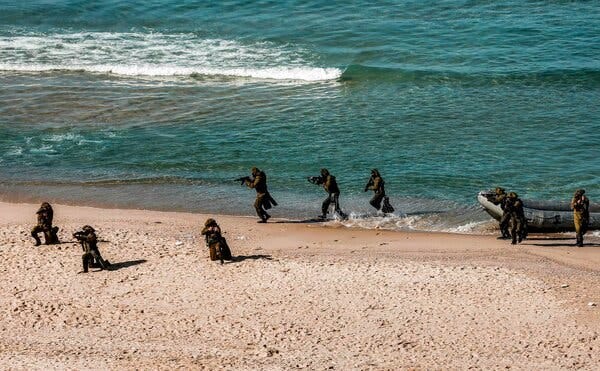
There is also a report that the IP addresses Iron Dome uses for communications was hacked. This report has not been verified, and may never be, but the disclosure of Iron Dome's IP addresses means that the system could be blocked or diverted.
The problem of cyber security impacts US, European and Israeli weapons and command and control systems. There have been considerable problems with western hardware in Ukraine because the Russians have developed a number of different jamming platforms.
You can get a glimpse of the problem with the Stinger missile. Ukraine received thousands of Stinger missiles from the United States. Stingers became famous when the US supplied them to the Mujahideen in Afghanistan. This portable one man air defense missile was used to knock out Russian helicopter gunships, transport aircraft and fighters.
The Stingers were supplied to the Mujahideen in the mid-1980s and proved to be effective, especially their ability to hit low flying Russian helicopter gunships. The Russians had no effective countermeasures.
The US has sent more than 1,400 Stinger missiles to Ukraine, all of which came from war stocks. Taiwan's order for Stingers was delayed from 2019 until 2023 when 250 Stingers were delivered last May.
Today the US only refurbishes old Stingers and no longer manufactures new ones. The US Army has a plan to field a "faster and more survivable" Stinger missile. Two defense contractors, RTX and Lockheed Martin are set to compete against each other to produce a successor to Stinger. However, as yet there is no funding available right now, so the project is at a standstill.
According to the Army it will take five years to develop the new Stinger. Then these missiles will have to be manufactured, adding another two to four years. In practice it means the US will have only a handful of old Stinger missiles, since most of them have gone to foreign customers, especially Ukraine.
What also is noteworthy is that the army has learned that Russian jamming systems have made old Stingers vulnerable. The Army also understands that Stingers are not very good against drones, diminishing their value against super-effective armor-killing drones such as Russia's Lancet.
While the Army appears to have learned an important lesson from the Ukraine war, it is going slowly in moving ahead with an alternative. Moreover, by burdening the future Stinger with a capability against drones it adds considerable complexity to the platform. The Army has not considered two different solutions: a man portable anti drone missile and a man portable anti aircraft missile.
The Army has also decided to no longer upgrade the existing Abrams tanks in inventory, a project it already began called SEPv4, and instead try and design a "new" Abrams dubbed the M1E3. The M1E3 is a ground-up design that the Army wants to make lighter and better protected, especially from overhead attacks from enemy helicopters and drones. It has long been recognized that tanks are vulnerable from above, where there is less armor protection. The Army wants to build in active protection, rather than continue with the Israeli Trophy Active Defense System which already offers 360 degree protection. The Army complains that Trophy is too heavy, given the huge weight of the tank without Trophy. The Abrams tank already weighs 70 tons (without crew, ammo and add on systems). Ukraine has demonstrated that big heavy tanks encounter major operating problems on soft ground, with some of the Leopards and British Challengers bogged down in soft earth and mud. Ultra-heavy tanks also quickly chew up roadways and cleared tank tracks.
It is not clear if the Army will be able to produce the M1E3 Abrams tank. The design is not settled, and it may not be achievable.
A particular problem emerging from Ukraine is the threat of mines. The Russians have used air launched mines to saturate fields and roadways. Clearing them is difficult, and mine clearing equipment supplied by the US and NATO have been routinely destroyed by the Russians. Meanwhile the Russians also have perfected Mine Clearing Line Charges (MICLIC). Forbes writes that the MICLIC system is a "rocket-propelled, rope-like explosive. The rocket boosts the charge into the air, draping the line charge across the minefield. The idea is for the subsequent explosion to trigger any mines underneath, explosively clearing a path." MICLIC systems were developed in World War II and Canada produced two man portable MICLIC systems called Snake and Conger. In the 1950s the British developed a much larger system called Giant Viper. The current US system is the M58. It has been supplied to Ukraine, but few if any of them have been seen on the battlefield. It needs a truck for transport, or an armored vehicle.
Like tanks, US armored vehicles, especially the Bradley, have fared poorly in Ukraine. Similarly, European armored personnel carriers, the German Marder, France's AMX-10C and others have proven to be good targets for Russian artillery, helicopters equipped with anti tank missiles, drones such as Lancet and mines.
While there are solutions to protect the topside of armored vehicles, there isn't much to protect the bottom of armor equipment. The US has known for decades that mines were a problem for armor, whether used by a a professionally equipped enemy, or even by irregular forces such as al Qaeda, the Taliban, and ISIS in Iraq and Afghanistan. Such enemies used Improvised Explosive Devices (IEDs). IEDS were often superior to a small land mine because they were built from larger artillery shells with the addition of a triggering system. Some worked with simple garage door openers or cell phones. Others had pressure plates to set off an explosion. Still others were hard wired to a nearby operator, especially IEDs in urbanized environments.
The US developed special vehicles to carry troops, called Mine Resistant Ambush Protected Vehicles (MRAP). Mine resistance is accomplished typically using a V-Hull design to deflect explosive chargers, large tires and a suspension well off the ground to reduce blast effects, and internal blast resistant seats that avoid some of the explosive impact of a mine or IED. One system seen on the Ukraine battlefield is the US-made M1224 (and other versions) MaxxPro MRAP. The US sent 200 MaxxPros to Ukraine, which Ukraine is using as an attack vehicle. The results are nearly suicidal. According to Oryx, as of October Ukraine already lost 62 MaxxPros (47 outright destroyed, 8 damaged, 5 abandoned and 2 captured) --in other words more than 30% of the vehicles supplied. We don't know whether the vehicles were destroyed by artillery, anti tank weapons, drones, or helicopter gunships. When all the evidence is finally in it is likely to show that MRAPS are a reasonably safe way to transport troops away from the front lines, but highly vulnerable otherwise.
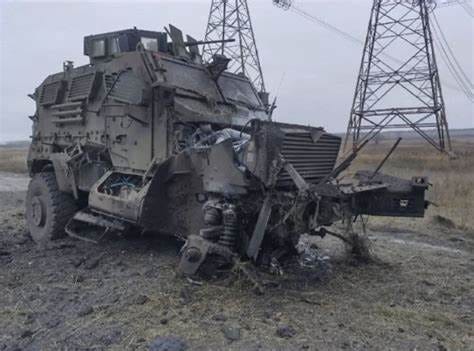
An MRAP typically has a crew of 3 and can carry around 10 soldiers.
Some of the weaknesses of armored systems, whether tanks, infantry fighting vehicles, armored troop carriers including MRAPs, can be mitigated using active protection, better armor, and countermeasure systems ranging from mechanical systems such as smoke canisters to sophisticated electro-optical jamming systems. Tanks and armor with low infrared signature that can operate at night without headlights is one way to make it harder for an enemy to target this equipment and would require the enemy to have good night vision equipment linked to their anti-tank weapons.
Nonetheless the bottom line is that armor of all kinds faces major survival issues on the modern battlefield. One of the unanswered questions is whether modern armored platforms are any longer front line weapons. Unfortunately the alternatives are not so good. Ukraine has tried to infiltrate troops without much armor, moving them at night and starting attacks from forward positions at dawn, sometimes hitching rides on pickup trucks and old cars that now litter the battlefield. Ukraine has paid a very high price in using what amounts to an updated version of human wave attacks.
Something like the same problem just happened in Israel, where the enemy pushed into enemy territory using only light weapons, forcing the Israeli defenders to fight with guns and rifles. Heavy equipment was not of any great use. Israel suffered many civilian and army casualties.
Americans should understand that replacing lost equipment, learning lessons, or coming up with new solutions can take time, in fact years, even if all the money in the world is instantly available and all manufacturing potential fully operational. But the alternative, to plow ahead without change is even more undesirable.
The US Army, and presumably our NATO partners, are now realizing that the approach followed by the NATO alliance to war fighting is in need of urgent change. This was clear well before the Ukraine war because simulations showed some of the major problems. Once Israel can get past the immediate crisis, or even during it, Israel must also change its doctrines to account realistically for the new threats it faces. What is completely clear is that overall strategy and war fighting doctrine and capabilities need to be updated, revised and, in some cases, scrapped.

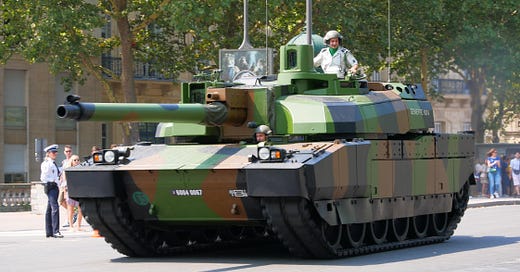


![Leclerc MBT showcased during Bastille Day [4592x3448] | Bastille ... Leclerc MBT showcased during Bastille Day [4592x3448] | Bastille ...](https://substackcdn.com/image/fetch/w_1456,c_limit,f_auto,q_auto:good,fl_progressive:steep/https%3A%2F%2Fsubstack-post-media.s3.amazonaws.com%2Fpublic%2Fimages%2F6285810e-c4f5-4d11-89a2-09229d5906a3_4494x2529.jpeg)
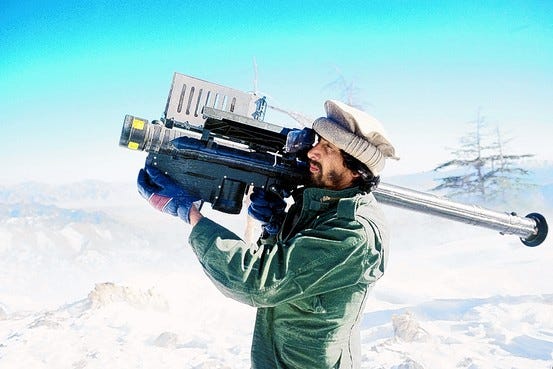
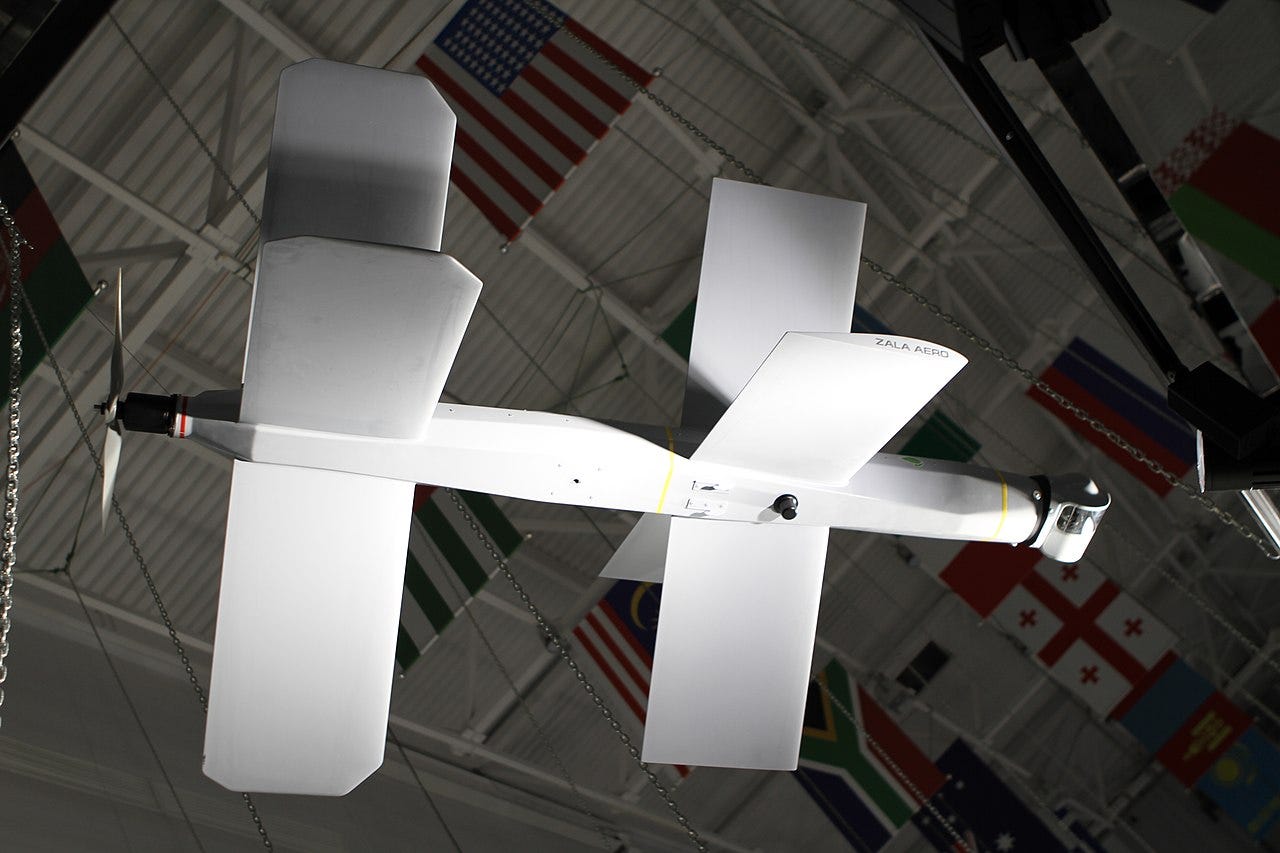
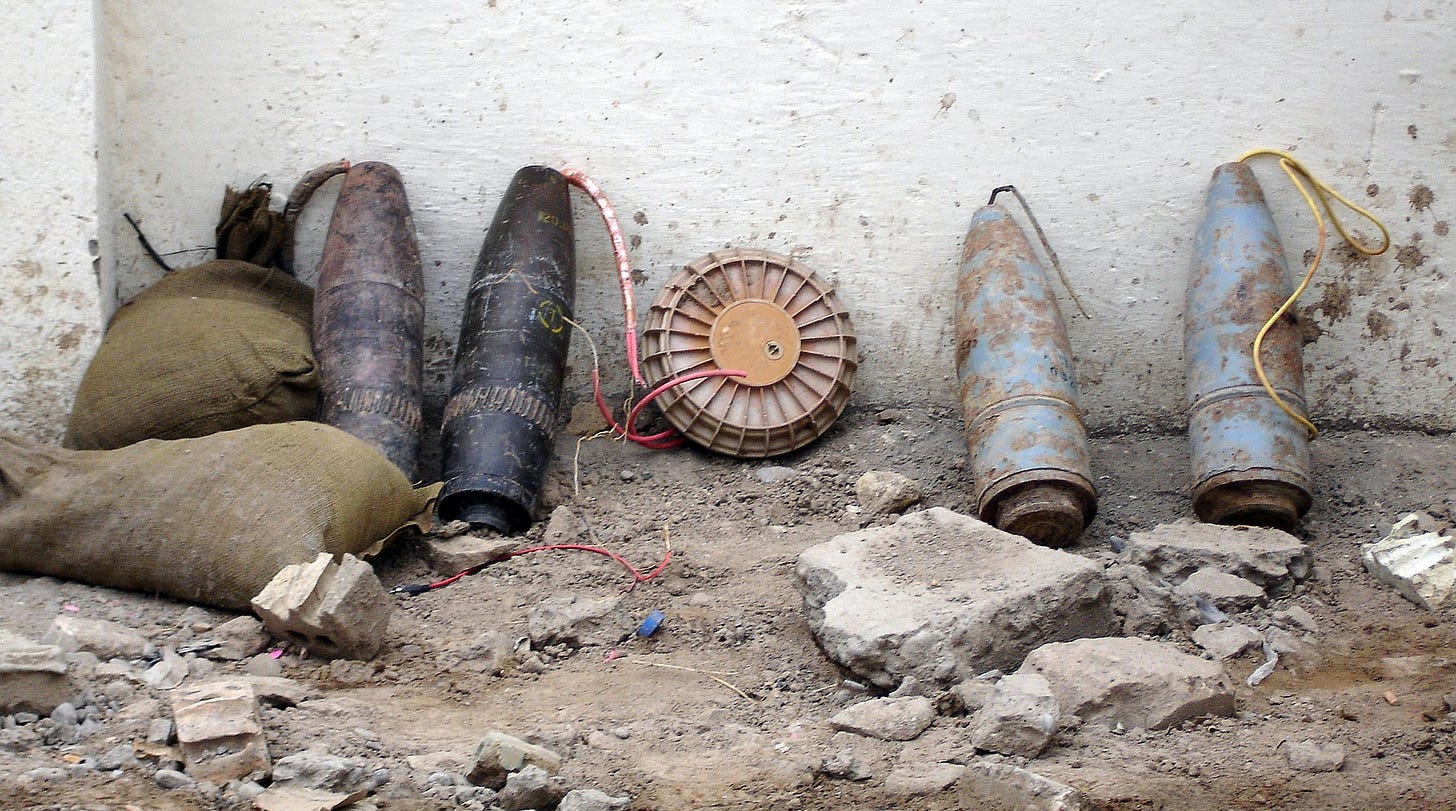







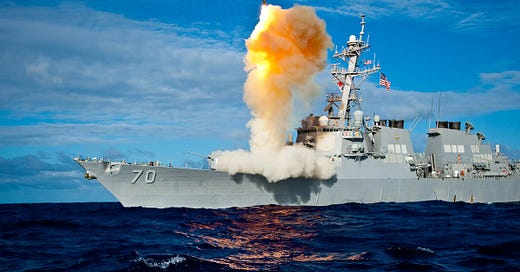



Drones and robotics are the standard. The sooner the better.
Isn’t there something about generals always fighting the last war? In our case it may be they’re not fighting at all. Too busy worrying about pronouns diversity and equity